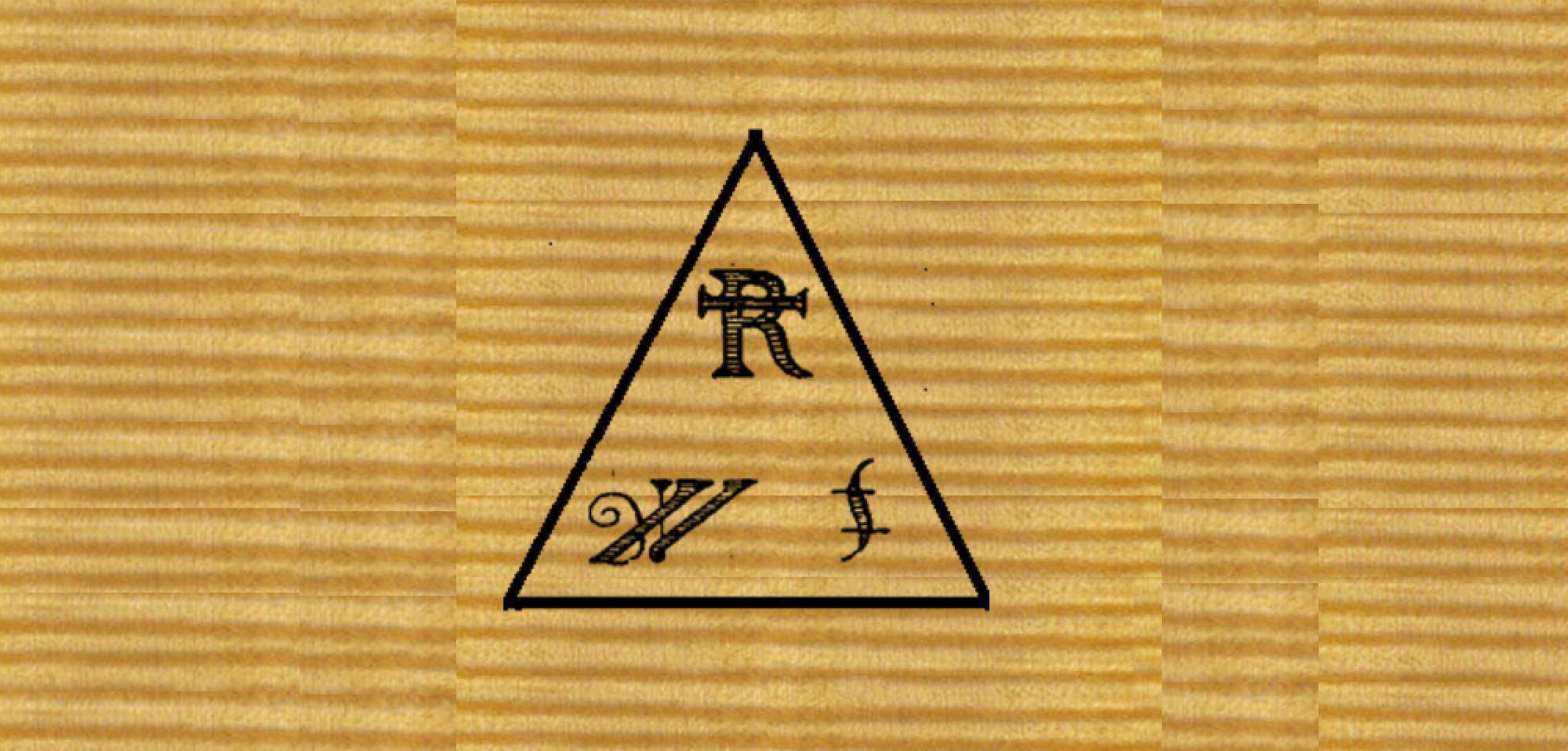Violin Varnish Ltd.
More about Turpentine




Steam Distilling Turpentine
Natural turpentine is obtained from tapping or scraping the wounds on a variety of coniferous trees. The crude turpentine (scrape) is about 20% essential oils, 60% solids, and 20% water and waste material.
While the range of products known as turpentine includes balsam oil, Stroudsbourg and Venetian turpentine, the rosin oils, and oil of turpentine, which have specific but limited applications in the making of varnish, by far the most important is pure gum spirits. Separating the essential oil and solid content of crude turpentine makes pure gum spirits. The crude gum is heated, refined, and separated by distillation into gum spirits and rosin. The standards for the manufacture of pure gum spirits dates, in the US, to colonial times when the colonies were a prime source for “naval stores”. These same standards remain in effect today.
In the manufacture of varnish pure gum spirits has a variety of roles. It is a solvent, a flowing agent, and a drier.
As a solvent in linseed oil varnish turpentine is unique. Turpentine cannot be considered a solvent in the same way that alcohol dissolves shellac or water dissolves salt. These are solutions where a specific quantity of solid combines with the solvent to form a diluted copy of itself. Evaporate the solvent and the solid is left unaltered. Linseed oil is highly solvent in turpentine at room temperature. Once combined however, the turpentine and linseed oil cannot be separated by distillation into the original components. Turpentine and linseed oil are mutually soluble. Some resins are directly soluble in turpentine. Some resins require processing to make them soluble. Natural varnish resins are compounds. A mixture of turpentine and resin will contain dissolved and undissolved elements suspended in the mixture. Resin solutions are colloidal in nature and once established will not break down into their original components. Natural varnish resins and turpentine are mutually soluble. In the varnish making process turpentine is added to the resin and oil to promote the mutual solubility of the three elements.
As a flowing agent turpentine is superior to other solvents. If a linseed oil varnish is made in the same way, except mineral spirits is used instead of turpentine, and samples of each are brushed on the same surface, the brush marks will flow out of the turpentine varnish first and most completely. As the varnish film cures mineral spirits will evaporate completely. Turpentine never completely evaporates. A small percentage remains in the varnish as an elastic resinous substance.
Turpentine acts as a drier in linseed oil varnish. When pure turpentine is exposed to the atmosphere at room temperature it begins to thicken and gain molecular weight. It absorbs oxygen from the air faster and more efficiently than linseed oil. In varnish it passes oxygen from the air to the oleo-resinous compound.

